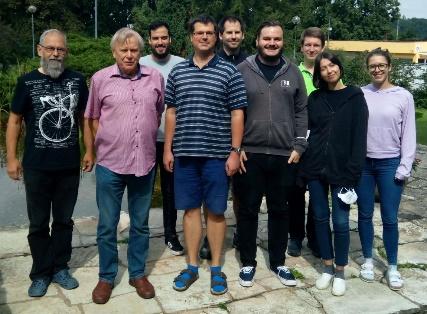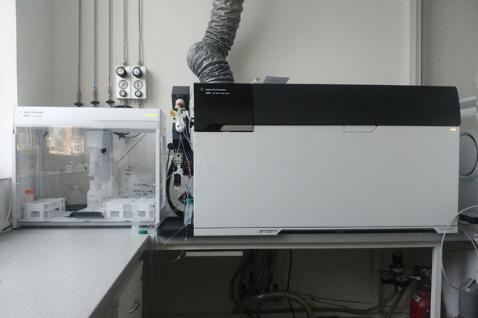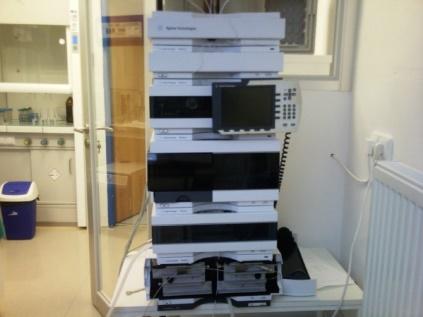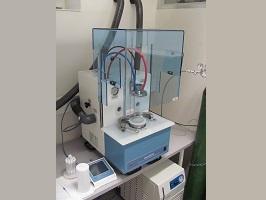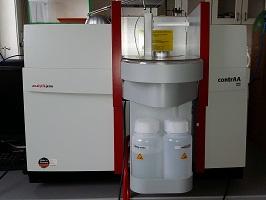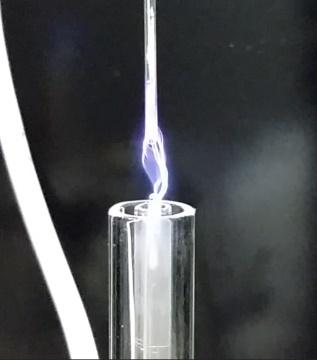
Nos spécialités
- environmental analysis
- clinical analysis
- food analysis
- speciation analysis and metallomics
The team at the Department of Trace Element Analysis (DTEA) is focused on determination of analytically important elements and their speciation analysis at ultratrace concentration levels by atomic spectrometric detectors. We have acquired substantial expertise, instrumentation and the knowledge base to serve as a regional resource in atomic spectroscopy and trace element analysis especially in biological, clinical and environmental samples. Our team regularly participates in collaborative research, in which we are responsible for development of optimum measurement techniques for trace-elemental and speciation analysis, providing the state-of-the-art capabilities in the analytical services according to demands of other research groups. The subjects included very diverse fields and analysis of bio-elements as well as different toxic species (see the list of selected publications below for illustration).
Notre équipe
Jan Kratzer, Ph.D. (jkratzer@biomed.cas.cz) , +420 241062490, department head
Prof. Dr. Jiří Dědina, DSc. (dedina@biomed.cas.cz)
Stanislav Musil, Ph.D. (stanomusil@biomed.cas.cz)
Tomáš Matoušek, Ph.D. (matousek@biomed.cas.cz)
Milan Svoboda, Ph.D. (svoboda@iach.cz)
Notre équipement
The DTEA group at IAC is equipped with 6 line source atomic absorption spectrometers (AAS). Moreover, 2 pieces of new generation high resolution continuum source atomic absorption spectrometers (HR-CS AAS) are available. Two laboratory-made atomic fluorescence (AFS) spectrometers, highly flexible, research grade can be used as detectors. Two inductively coupled plasma mass spectrometers are available – a triple quadrupole and a single quadrupole ICP-MS instrument. They might be combined with high performance liquid chromatography (HPLC) or gas chromatography (GC) for speciation analysis. Miniature fiber optics spectrometer can be employed for diagnostics of plasmas by optical emission spectroscopy (OES). A microwave digestion system is available for digestion of real samples to demonstrate the applicability of the developed methods. Moreover, our laboratory is certified and fully equipped for handling with open sources of radiation. Appropriate γ-emitting radiotracers with high specific activity can be used to study mechanisms of atomization processes in the plasma discharges. We are equipped with a computerised gamma ray spectrometer (Genie 2000, Canberra) with semiconductor detector (HPGe) in order to control separation efficiency and purity of the prepared radiotracers. Advanced image plate autoradiography can be used to obtain qualitative information on the spatial distribution of radioactive indicators in the apparatus.
Publications et thèses
Il n'y a pas de publications ou de thèses liées à ce centre.
Nos revues
Il n'y a pas de revues publiées par ce centre.


